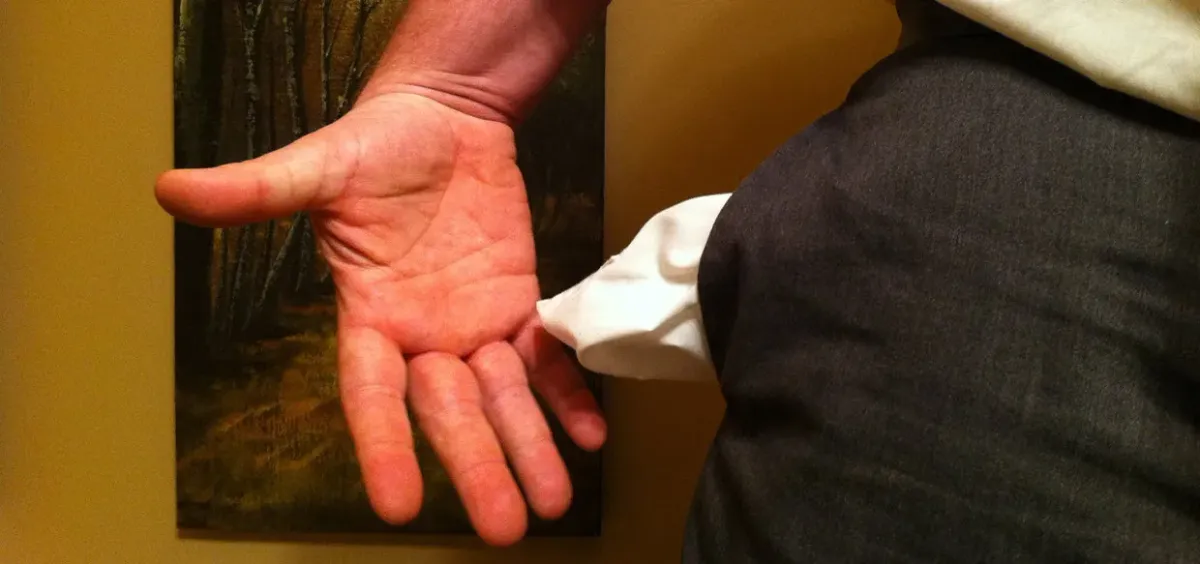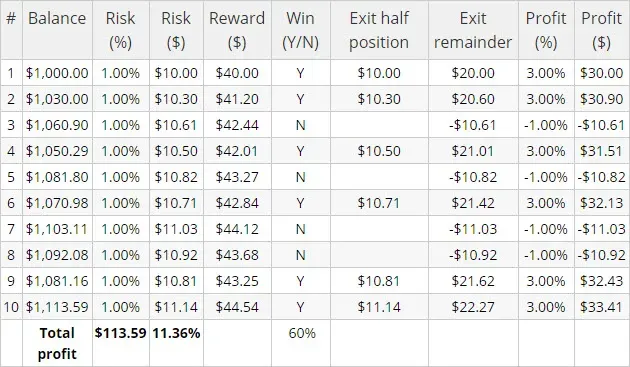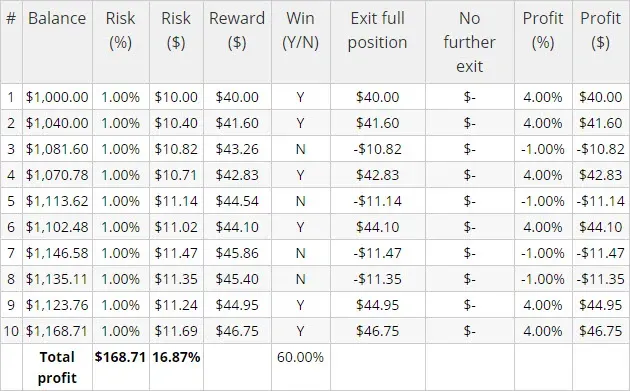Why scaling out of positions could send you broke

I’ve read a lot of trading books. I think the technical term for how many is “shit loads” or a close variant of that. One of the more disputed areas in all of those books is how to exit a position.
Do we take partial profits in stages? Do we trail a stop with some or all of the positions? Do we kill a panda, close our eyes, and try to avoid the issue?
Whatever floats your boat. However, of all the methods, the most spruiked, and it seems used, is to take partial profits in stages as the price moves in your favour.
From a mathematical point of view, it’s like a cheap hooker. It not only sucks, in the end, it reduces your size.
Scaling out really exists to pander to our fragile ego and impatience. Taking partial profits can give you multiple shots of endorphins as you essentially turn one winning position into two, three, or four.
It’s like multiple premature orgasms. It has its benefits for you, but in the end, it is unsatisfying to what matters.
What if we look at this idea from a purely mathematical perspective? After all, we are here to make money, not love.
Trading should not be an ego-stroking exercise. We don’t (hopefully) wake up to it in bed in the morning. Use and abuse it, don’t make it breakfast.
The (somewhat unscientific) test
So a hypothetical.
We take a 10-trade sample of a system that has a win rate of 60% with a risk ratio of 4:1. This system requires us to exit half of our position when our profit doubles risk, i.e. at +2%. The remainder of the position closes at the target of 4 times our initial stop loss (plus spreads and blah blah, I know).
In this black and white test, and to keep the numbers manageable for this post, there is no moving stops to break even, we win or we lose with whatever part of the position is left in the market.
Here is how the numbers play out.
Scaling out

A profit of 11.36%, excellent results, and we won more than we lost, PLUS got to feel the joy of exiting twice per winning position. Orgasmic bliss.
Until.
What if we don’t scale out of the position and let it run to target. Taking the exact same sample of trades, where 60% of the trades made it to the 4:1 target, but instead we don’t scale out half way to the target, we just let that baby run.
What happens?
Not scaling out

So the exact same trades finishes with 5.51% more profits. Ouch. That is only over 10 trades, extend that over a year and that is some serious differences.
It seems obvious when you look at it objectively of course.
Let me acknowledge that moving the stop to break even does soften the difference slightly, but the difference is still significant. In fact there is the odd configuration where scaling out and moving stops reduces the profitability. Confused? Don’t blame you.
So why do we do it?
So, why do we keep scaling out if we can earn more money by sticking to our targets and riding the whole position?
It may be because we, as people, need gratification. We crave comfort and security, all of which trading does its best to deny. The market, sorry to say, is a bitch that way.
It only goes to reinforce the importance of self-discipline and detachment. Whether that is using visualisation techniques, to set and forget, or to tie your hands together, cover them in cooking oil, and ….. no … I’m off on another tangent again.
Trading should be a game of numbers, probability, and mathematics. In reality, for most, it is one of the tests, mood swings, and nachos. Maybe those quants are onto something after all.
Happy trading.




Comments ()